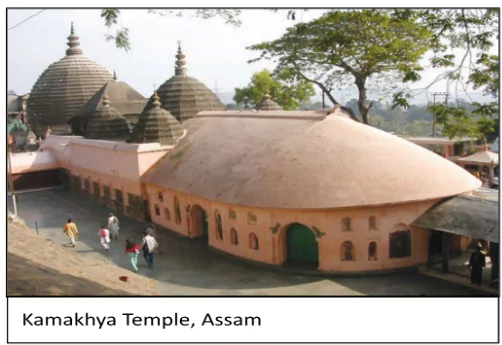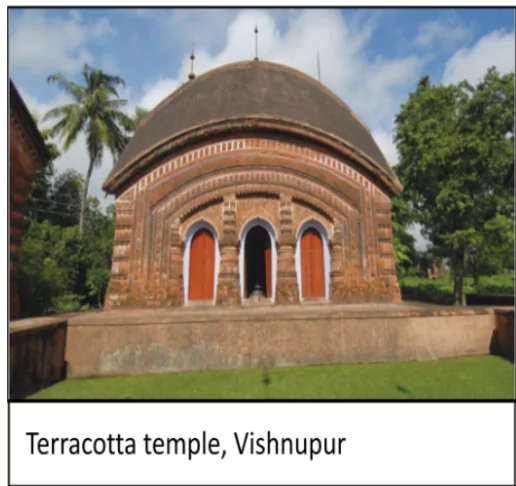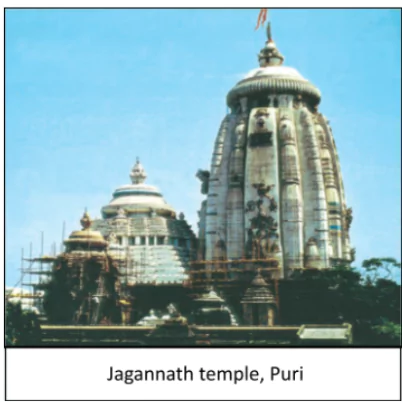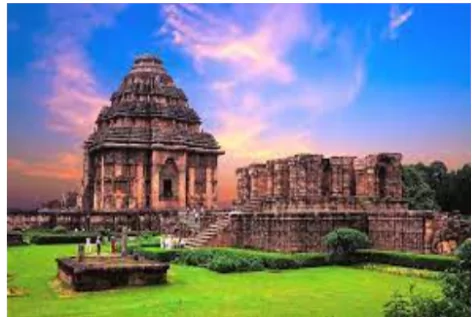![]() April 18, 2024
April 18, 2024
![]() 82
82
![]() 0
0
The history of temple architecture in North-East India, Bengal, and Odisha reveals distinct styles. Terracotta was a prevalent medium, until the seventh century in Bengal. Assam and Bengal showcase significant regional schools through sculptures, reflecting diverse influences and developments.

 Pala rulers, patrons of Buddhist monastic sites, expressed the existing local Vanga style in temples, such as the Siddheshvara Mahadeva temple in Barakar, evolving into loftier forms in subsequent centuries.
Pala rulers, patrons of Buddhist monastic sites, expressed the existing local Vanga style in temples, such as the Siddheshvara Mahadeva temple in Barakar, evolving into loftier forms in subsequent centuries. 

|
|
Must Read |
|
| Current Affairs | Editorial Analysis |
| Upsc Notes | Upsc Blogs |
| NCERT Notes | Free Main Answer Writing |
| Related Articles | |
| Mauryan architecture | Harappa, Mohenjodaro |
| Sangam Age – Political History of South India | Mauryan Empire (322-185 BCE) |
| Jainism and Buddhism | Post Mauryan Period (200 BC – 300 AD) |
<div class="new-fform">
</div>

Latest Comments